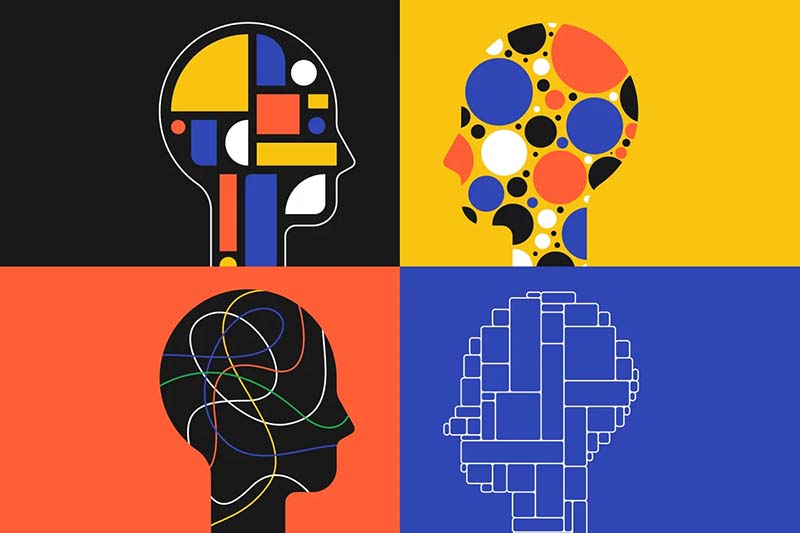Analysis of autistic children reveals genes linked to traits and developmental trajectories

Researchers at Princeton University and the private non-profit Simons Foundation have identified four clinically and biologically distinct subtypes of autism. Analysing data from over 5,000 children in an autism cohort study, the researchers used a computational model to group individuals based on their combinations of traits, and linked these to separate genetic profiles.
The study defines the four subtypes as:
- Social and behavioral challenges (37%): children in this group show core autism traits like social difficulties and repetitive behaviors, but reach developmental milestones like walking and talking on time. They are more likely to have co-occurring conditions such as ADHD, anxiety, depression or OCD.
- Moderate challenges (34%): this group shows less pronounced autism traits and tends to reach developmental milestones on time. They typically do not have co-occurring mental health conditions.
- Mixed ASD with developmental delay (19%): these children experience delays in early milestones but usually don’t show signs of anxiety or depression. There is variation within this group in terms of how social and repetitive behaviours appear.
- Broadly affected (10%): the smallest group faces greater challenges, including developmental delays, communication difficulties, repetitive behaviours and mental health conditions such as anxiety and depression.
Researchers hope that the findings will lead to improved diagnosis and personalised support for autistic people.
The study of genetic causes of autism is controversial, with support groups and individuals expressing concern that data could be used to further eugenic applications. Neurodiversity campaigners advocate for changes in society to allow autism and other neurodivergent conditions to be accepted as part of normal human variation, rather than problems to be identified and cured – the social vs. medical model of disability.
For more information, click on the links for an article on the Princeton University website, and the study findings published in Nature Genetics. ∎
